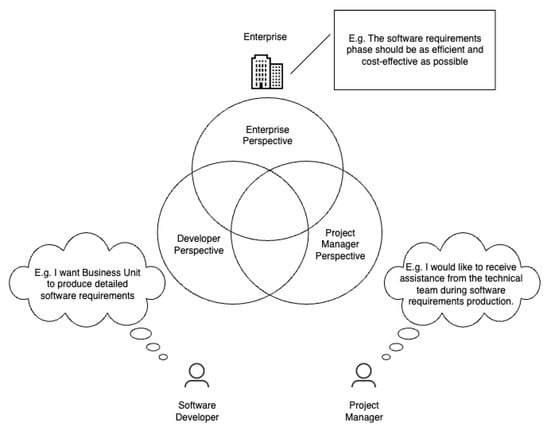- Article
RoboDeploy: A Metamodel-Driven Framework for Automated Multi-Host Docker Deployment of ROS 2 Systems in IoRT Environments
- Miguel Ángel Barcelona,
- Laura García-Borgoñón and
- Pablo Torner
- + 1 author
Robotic systems increasingly operate in complex and distributed environments, where software deployment and orchestration pose major challenges. This paper presents a model-driven approach that automates the containerized deployment of robotic systems in Internet of Robotic Things (IoRT) environments. Our solution integrates Model-Driven Engineering (MDE) with containerization technologies to improve scalability, reproducibility, and maintainability. A dedicated metamodel introduces high-level abstractions for describing deployment architectures, repositories, and container configurations. A web-based tool enables collaborative model editing, while an external deployment automator generates validated Docker and Compose artifacts to support seamless multi-host orchestration. We validated the approach through real-world experiments, which show that the method effectively automates deployment workflows, ensures consistency across development and production environments, and significantly reduces configuration effort. These results demonstrate that model-driven automation can bridge the gap between Software Engineering (SE) and robotics, enabling Software-Defined Robotics (SDR) and supporting scalable IoRT applications.
19 December 2025





